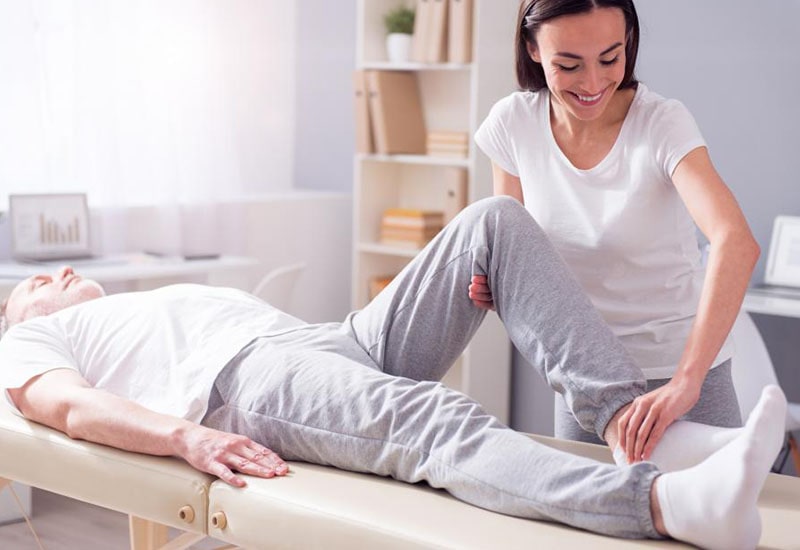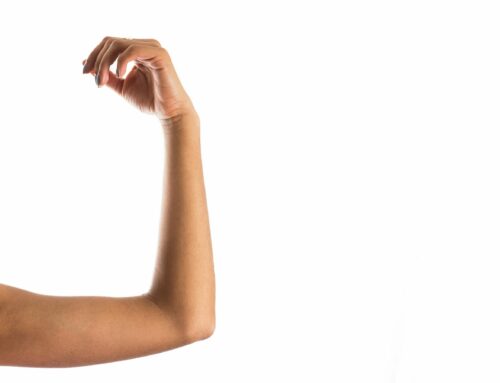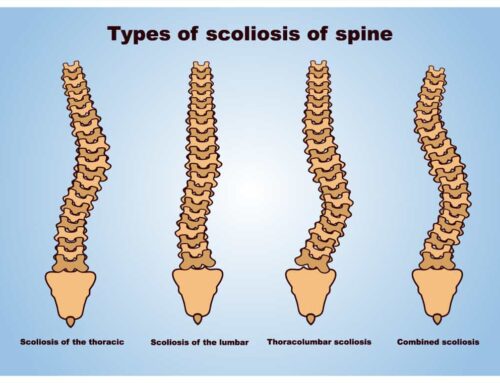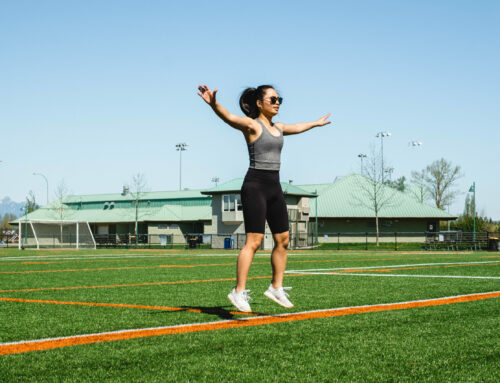Patellar tendinopathy is injury to the patellar tendon that sits under the knee cap. Australian Physiotherapy association, describes the patellofemoral joint as part of the knee joint, where the kneecap (patella) sits within its groove on the front of the thigh bone. It is a very common injury among healthy active adults and teenagers. However, it is more common in young females. Pain is centered to the front of the knee, under the knee cap.
The knee joint is a complex joint that bears a lot of pressure when we walk or run or do any sporting activity. As a result, it is quite prone to damage. With certain movements, the joint is extended beyond it’s normal limits. For example, twisting too far when playing sports. Sports like netball put tremendous strain on the knee due to repetitive change of direction. This affects the patellar tendon. In runners, the iliotibial band tightness can cause the knee cap to be pulled towards the outside. This created undue pressure on the tendon causing patellar tendinopathy.

Causes of patellar tendinopathy
- The most common cause is over training or overloading the knee joint.
- Other common causes are reduced strength and flexibility of the quadriceps muscle that controls the knee.
- Reduced muscle strength in the hip muscles can also increase the strain on the patellar tendon or the knee joint.
- Flat feet or changes in gait due to pain or other conditions
- In young females, increased speed of growth and development of the female pelvis can increase the knee joint strain.
Symptoms of patellar tendinopathy
- The most common symptom is a gradual onset of dull aching pain right at the front of the knee. The pain is related to activity.
- Clicking, cracking or popping sounds in the knee whilst climbing or descending stairs. Or on standing up after a period of sitting.
- Pain is aggravated with increased activity, as well as changes in activity. For example, different surfaces, training intensity or equipment
- Adolescent knee pain does not usually cause a lot of swelling. It is also not associated with locking, giving way or an unstable sensation in the knee.
How can Physiotherapy treat patellar tendinopathy?

Physiotherapist will assess and diagnose the exact cause of knee pain. Once, we know the cause, treatment will follow. Treatment will involve joint mobilization to reduce any stiffness within the joint. Followed by soft tissue work in order to release tight muscles that are causing excessive pulling of the patella. Applying tape to the patella can also help to reduce pain by correcting the position of the patella on the knee joint.
Your physiotherapist will also design and progress a personalized Home Exercise Program in order to regain full Range of Motion. It also increased the strength and control of the knee and hip joints. The program will then be progressed throughout sessions to allow safe return to sports.





